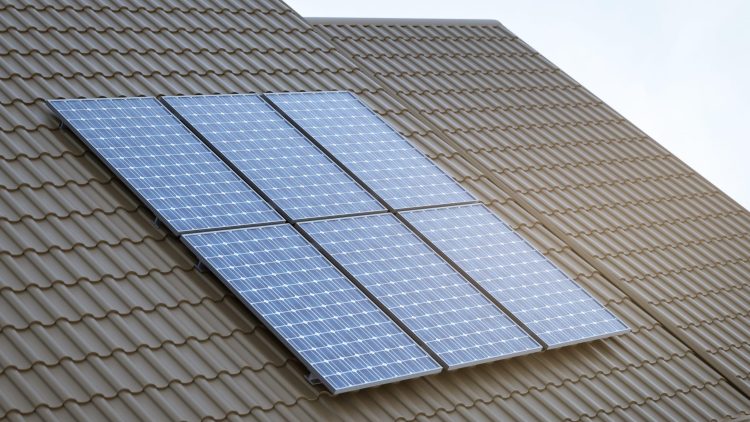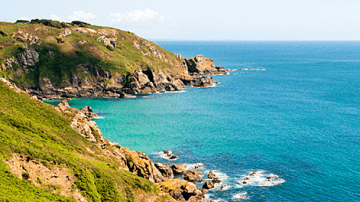Recent data shows the UK’s increasing reliance on renewable energy, with over half of its electricity generated from renewable sources for three consecutive quarters.
Labour’s ambitious goal to decarbonise electricity generation by 2030 signals an even faster transition to a clean, sustainable energy future. This effort is supported by significant developments in offshore wind and new large-scale solar farm projects.
Globally, renewable energy generation is expected to rise significantly by 2030, with the International Energy Agency (IEA) forecasting an additional five terawatts (TW) of renewable energy , enough to power almost 12 billion homes for a year. Closer to home, Jersey is pressing on with its investment into on-island renewable energy, including a 5-megawatt (MW) ground-mounted solar farm.
In Guernsey, the unit price of electricity has climbed by 17% in the last two years. Earlier this year, Guernsey Electricity warned customers that further increases are expected as the island’s agreement with France to import electricity at a fixed cost comes to an end. This has prompted more islanders to explore affordable and sustainable alternatives like on-site solar power.
Local renewable energy firm Little Green have seen an uptake in solar installations in the last few years, with 29% of their total residential solar capacity installed in 2023 alone. According to Little Green, this shift is accelerating as residential and commercial property occupants seek to manage soaring energy costs and reduce their carbon footprints.
Jamie Clark, Operations Director of Little Green, said: “Energy prices are rising across the board, making renewable energy not just a greener choice but also a cost-effective one.
“Islanders have been generating and storing their own electricity with solar panels and battery storage systems for several years now, keeping their homes powered while reducing dependence on expensive, traditional energy sources, helping Guernsey get closer to its 2050 target of net zero.”














